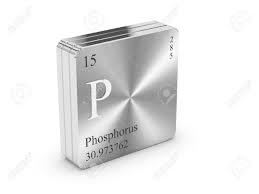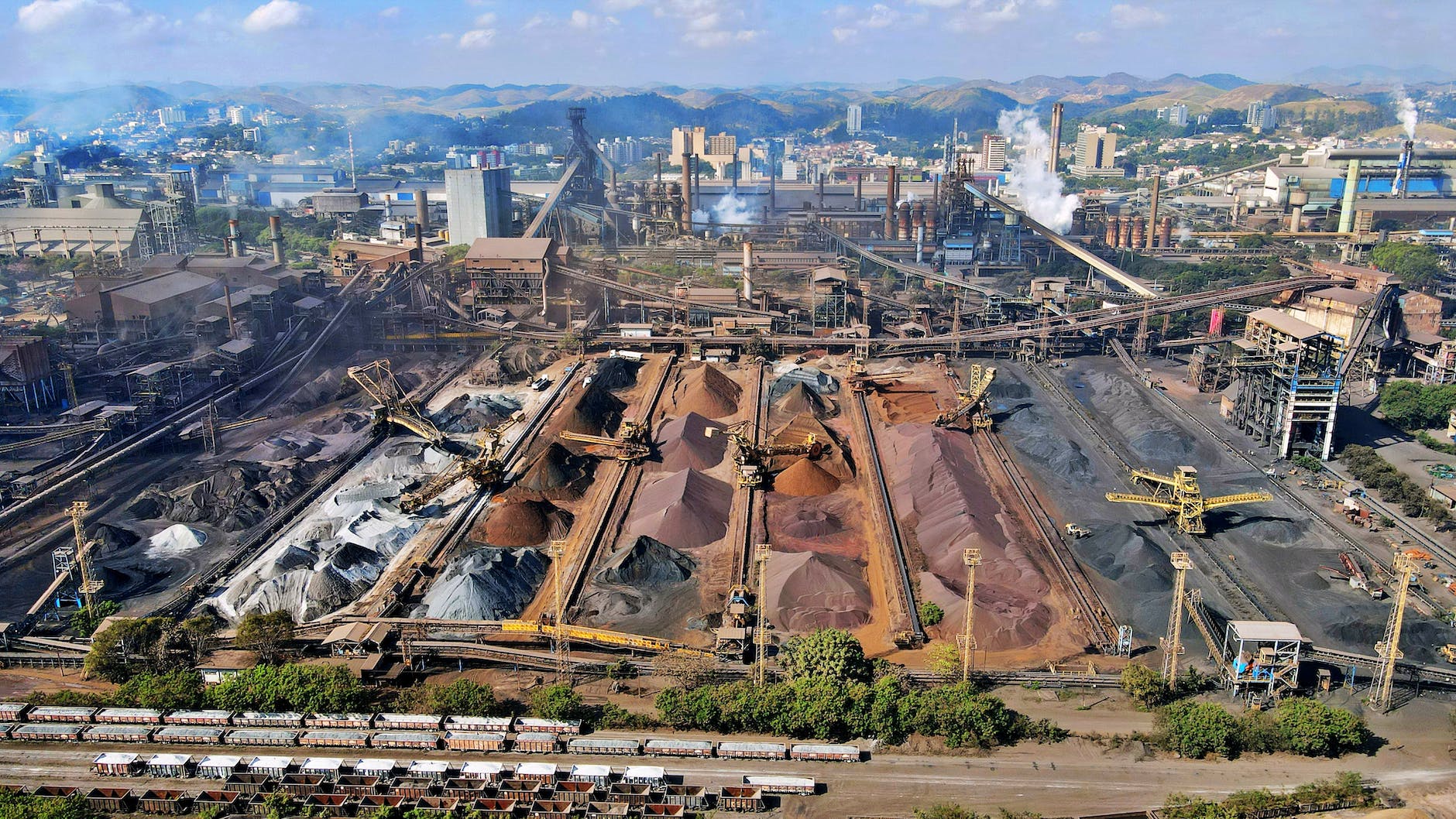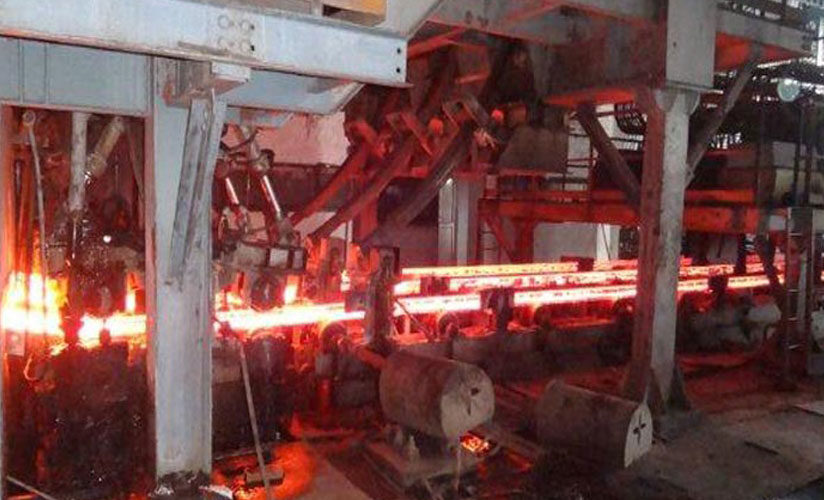Phosphorus in Steel…
Phosphorus (P) (atomic number 15 and atomic weight 30.974) has density of 1.82 gm/cc. It has a melting point of 44.1°C and boiling point of 280°C.
Phosphorus is an impurity that can have detrimental effects on steel making. When present in high concentrations, it can make the steel brittle and prone to cracking. Therefore, it is essential to find ways to eliminate or reduce the presence of phosphorus in the steel. One common method is through the addition of a dephosphorization agent, such as lime or fluorite, during the steelmaking process. These agents react with the phosphorus, forming compounds that can be easily removed from the molten steel. Another approach is to increase the oxygen content in the furnace, as phosphorus has a higher affinity for oxygen than iron. This helps in oxidizing the phosphorus and subsequently removing it as slag. Additionally, careful selection of raw materials and strict control of the steelmaking conditions can also help minimize the phosphorus content in the final product. Overall, by employing these methods, the negative effects of phosphorus in steel can be effectively mitigated.
Agents Can be added during steel making process to reduce Phosphorus content.
1- Lime-based fluxes
2- Calcium carbide
3- Calcium–silicon
4- Calcium–manganese
5- Mil Scales (FeO)
Suggestion is to maintain the Oxygen Level and Temperature.
Please Note – In primary steel making furnaces, phosphorous is removed by blowing oxygen directly into the bath. Refining of steel with oxygen blowing in induction furnace is difficult as the furnace is operated under full volume condition. The next major limitation with induction furnace steel production is that almost all the furnaces are operated with acidic or silica lining (cost effective as compared to Basic/neutral lining) in which it is difficult to maintain the basicity of the slag. Even if one uses basic or neutral lining in induction furnace and maintains basicity of slag by adding Fluxes and blowing oxygen in the furnace to remove phosphorus, the process becomes costlier and longer, and results in reduction of production. Therefore, dephosphorization in induction furnace is neither practiced nor technically suggested.




